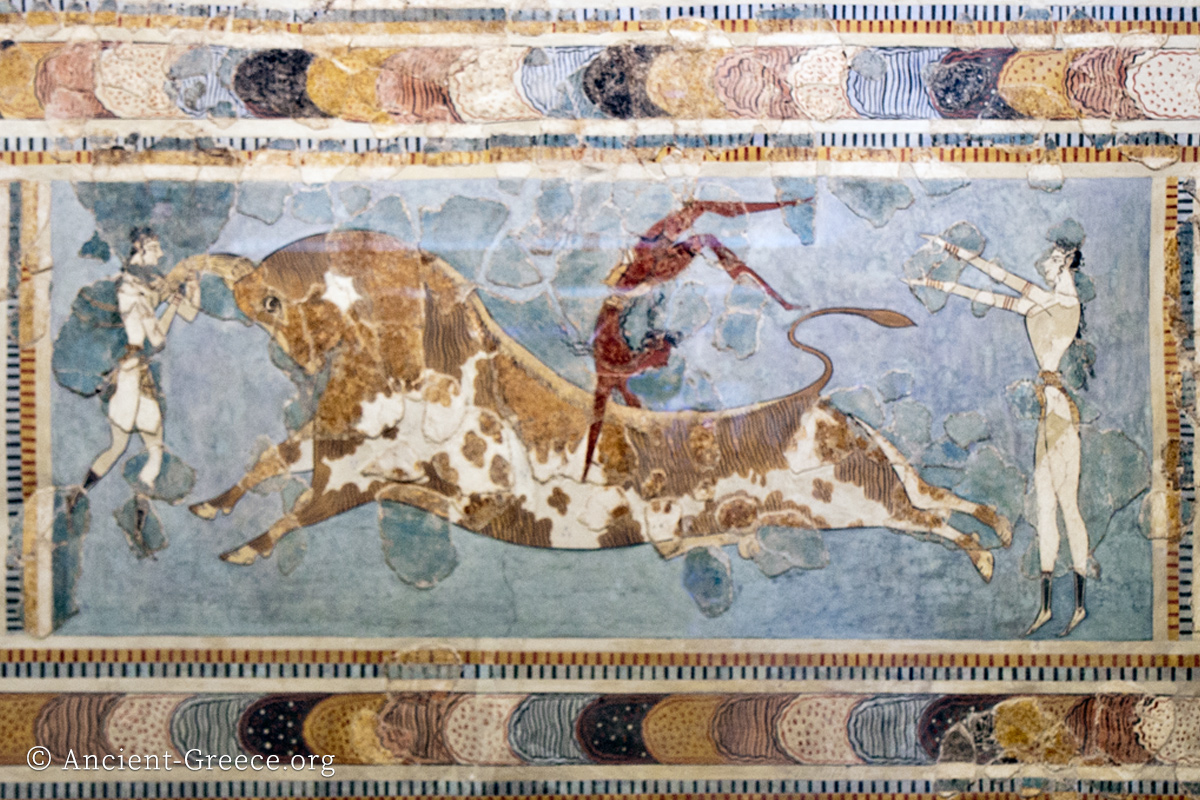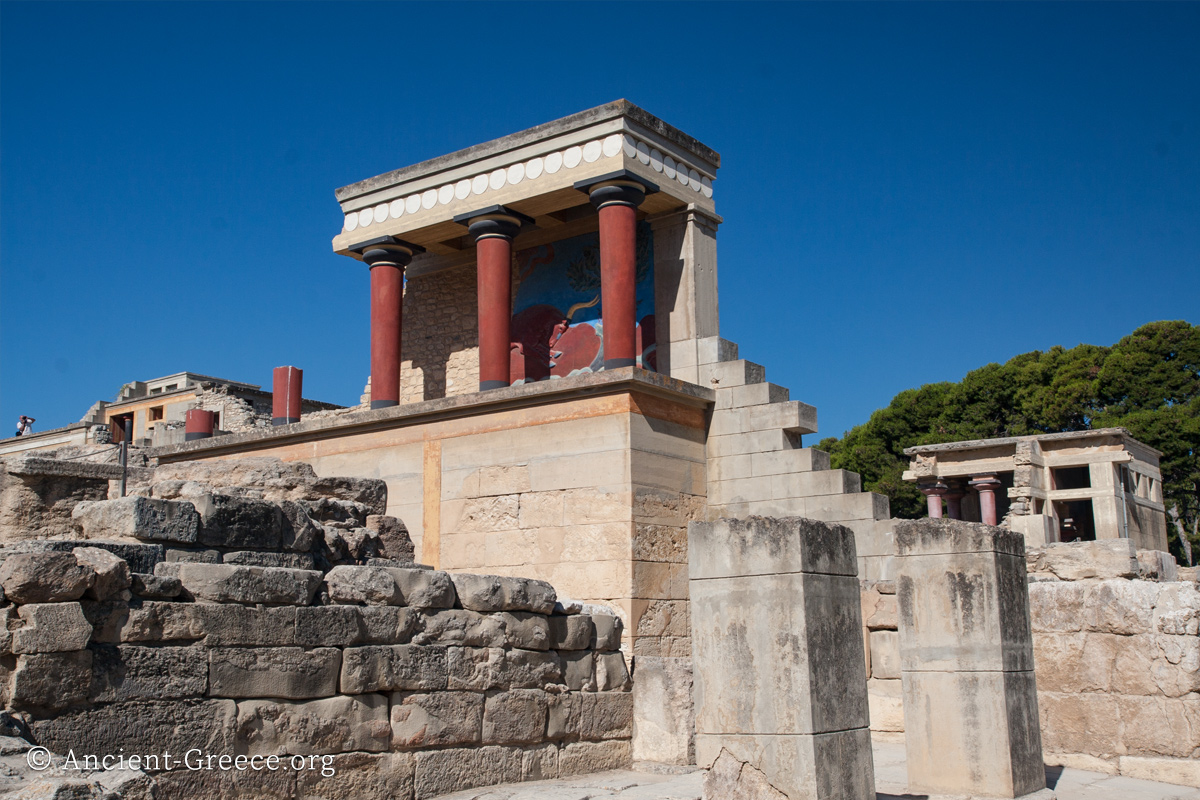Minoan
The Minoan civilization flourished in the island of Crete during the Bronze Age between 3500-1100 BCE. The name “Minoan” was assigned during the 19th century but we do not know what the inhabitants of Crete called themselves in ancient times.
The Minoans were a significant naval power in the Aegean Sea, and for many centuries lived in contact with all the major civilizations of the time. Their commercial contact with ancient Egypt and Mesopotamia undeniably influenced their own culture, and the Minoan civilization in turn appeared as the forerunner of the Greek civilization. The Minoans are credited as the first European civilization.
-
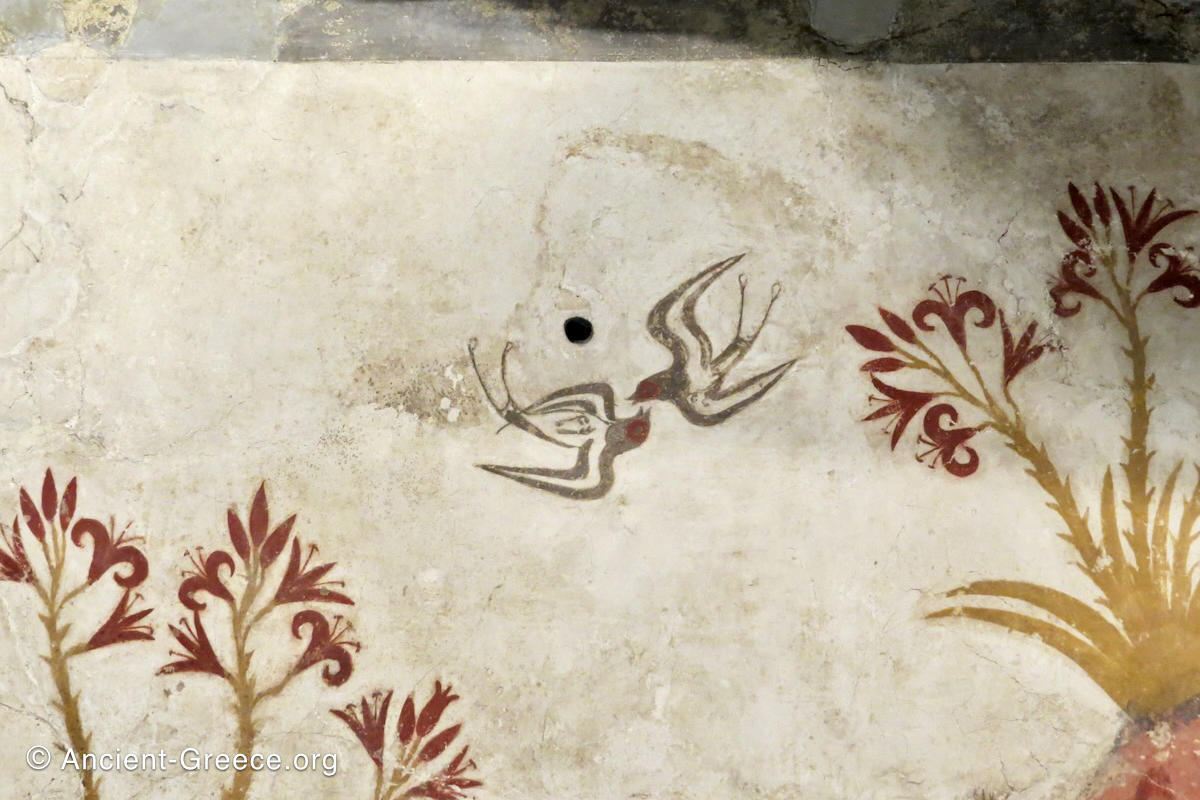
National Archaeological Museum in Athens: Stone and Bronze Age 4000 – 1100 BCE
Read more: National Archaeological Museum in Athens: Stone and Bronze Age 4000 – 1100 BCEThe National Archaeological Museum in Athens exhibits some of the best examples of Neolithic and Bronze Age artifacts from the Aegean and Helladic civilizations found in excavations across the country. Neolithic Era Top row, left to right: Second…
-
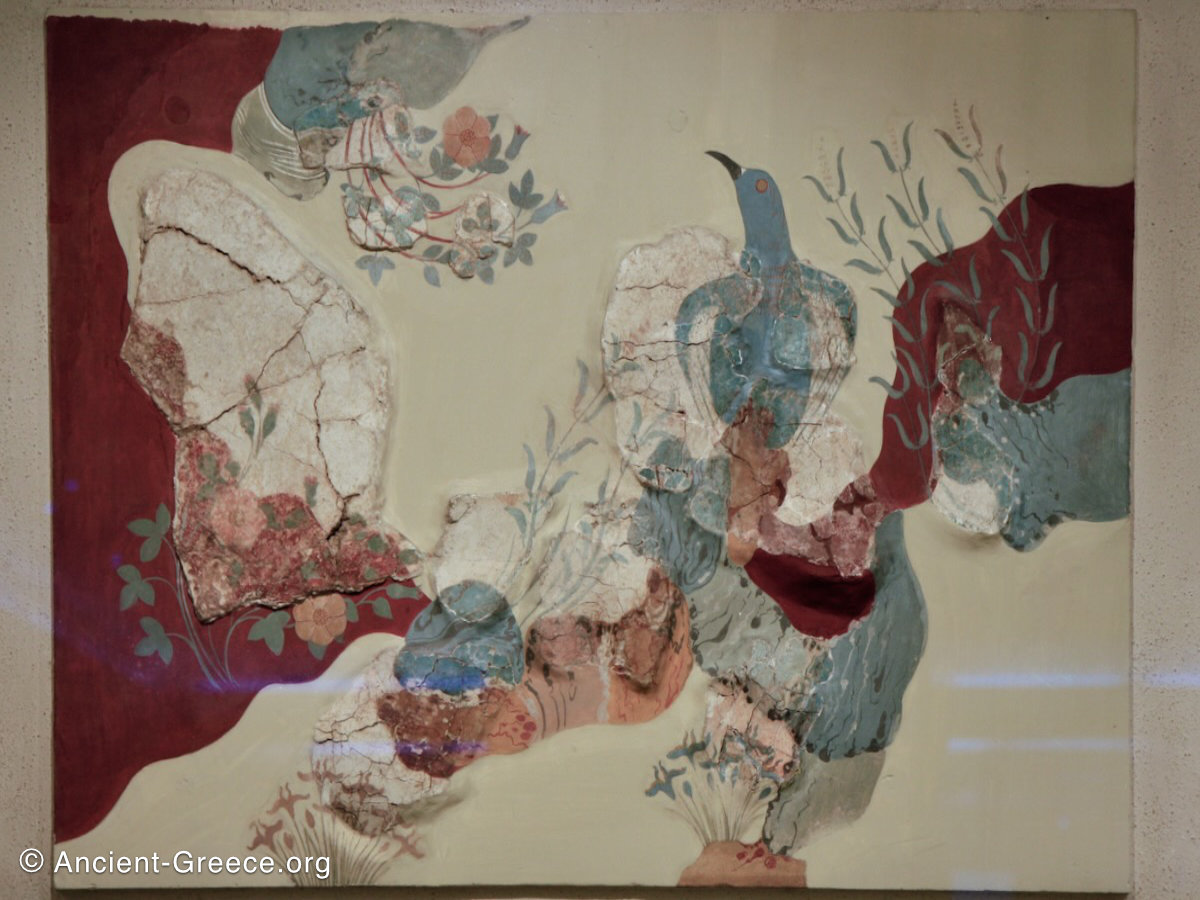
Minoan Art
Read more: Minoan ArtWhat has survived to our day from Minoan art provides insight into the culture that flourished in Crete during the Aegean Bronze Age. The art of the Minoans speak of a society of joyous disposition, in touch with…
-
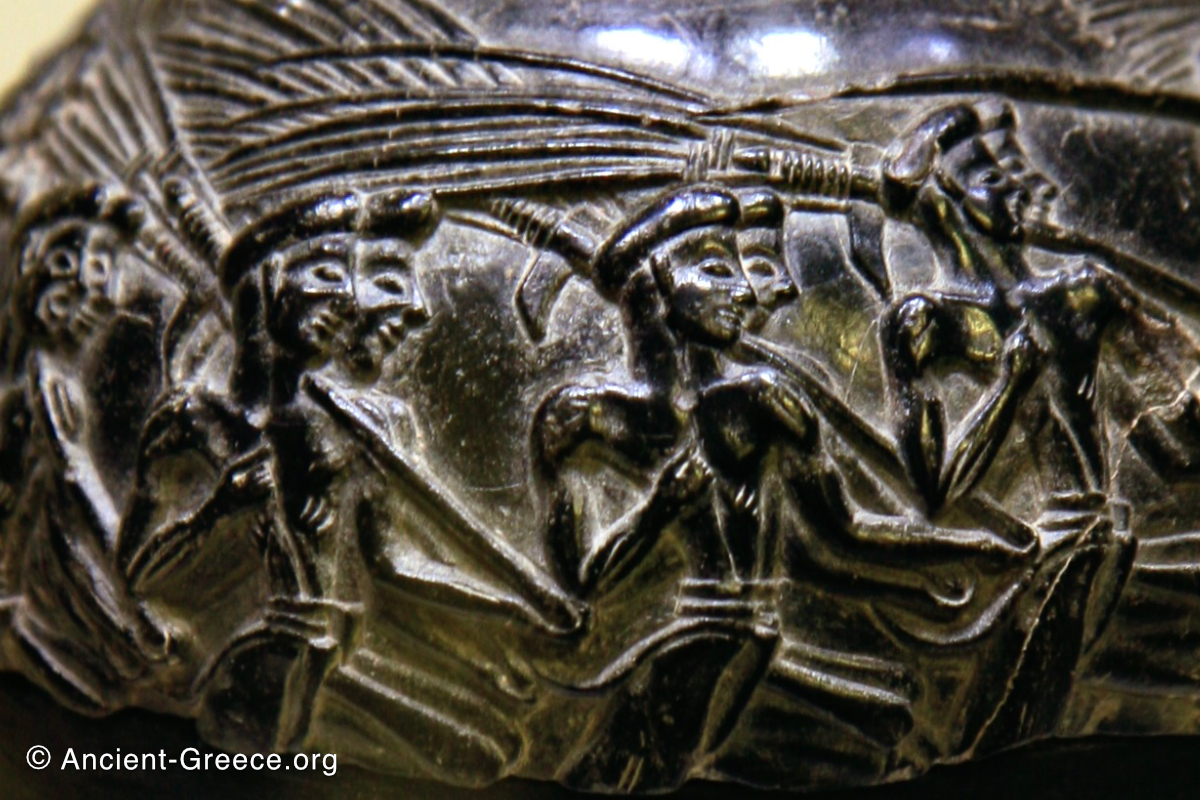
The Harvester Vase
Read more: The Harvester VaseA masterpiece of low relief sculpture The Harvester Vase is a rhyton from Bronze Age Crete, Greece, unearthed in the Minoan villa known as Agia Triada. It was made of steatite, which is a green-brown soapstone, between 1500…
-
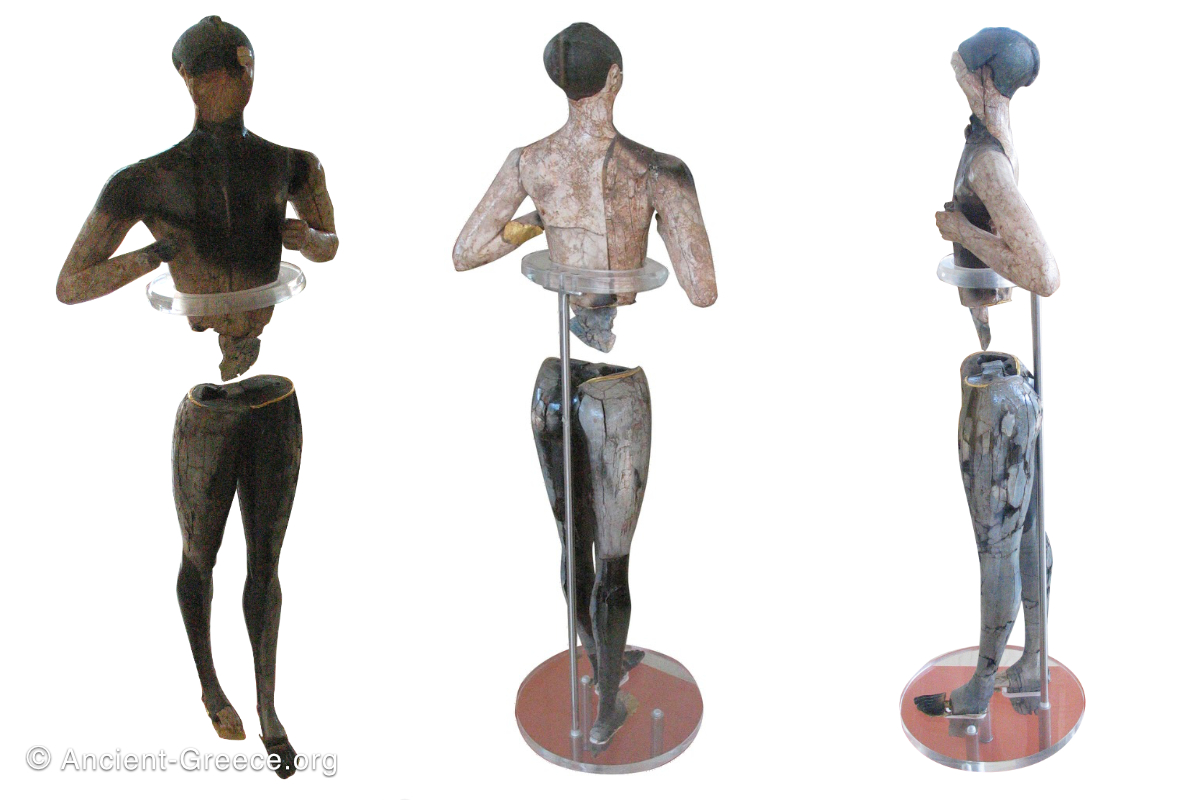
Sitia Archaeological Museum
Read more: Sitia Archaeological MuseumThe Archaeological Museum of Sitia (Σητεία, Siteia) houses a large number of Paleolithic, Minoan, Classical, Hellenistic, and Roman artifacts from excavations in Lasithi, Eastern Crete. Generally, the most important ancient finds from Crete are exhibited at the Heraklion…
-
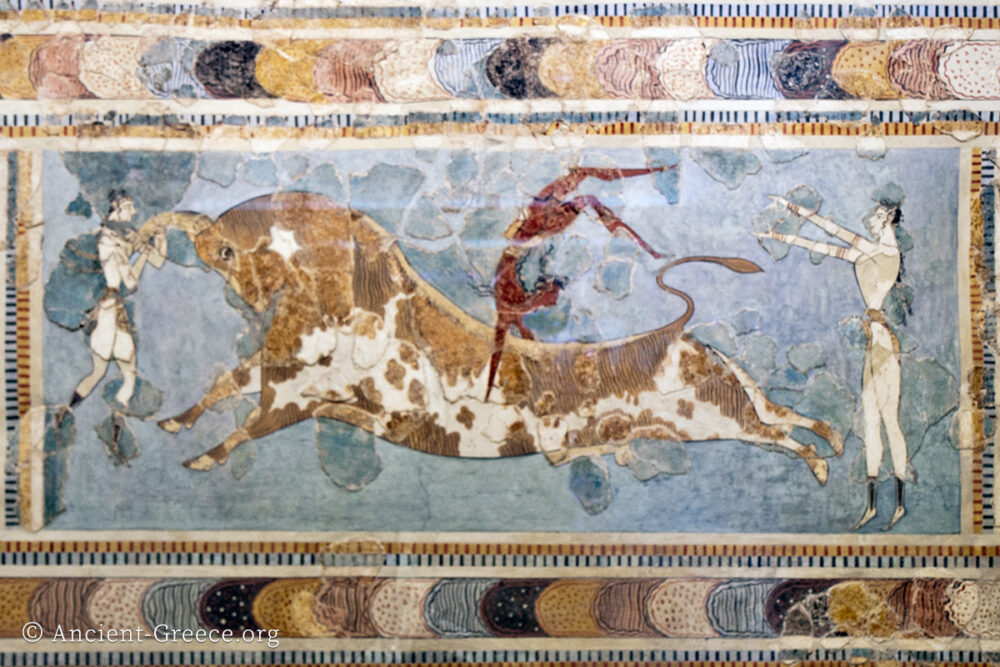
Crete: Minoan Archaeological Sites
Read more: Crete: Minoan Archaeological SitesCrete (Κρήτη), home of the ancient Minoan civilization, is the largest Greek island in the center of the busy eastern Mediterranean sea lanes. The island’s rich historical heritage spans more than nine millennia, with its fertile, secure, and…
-
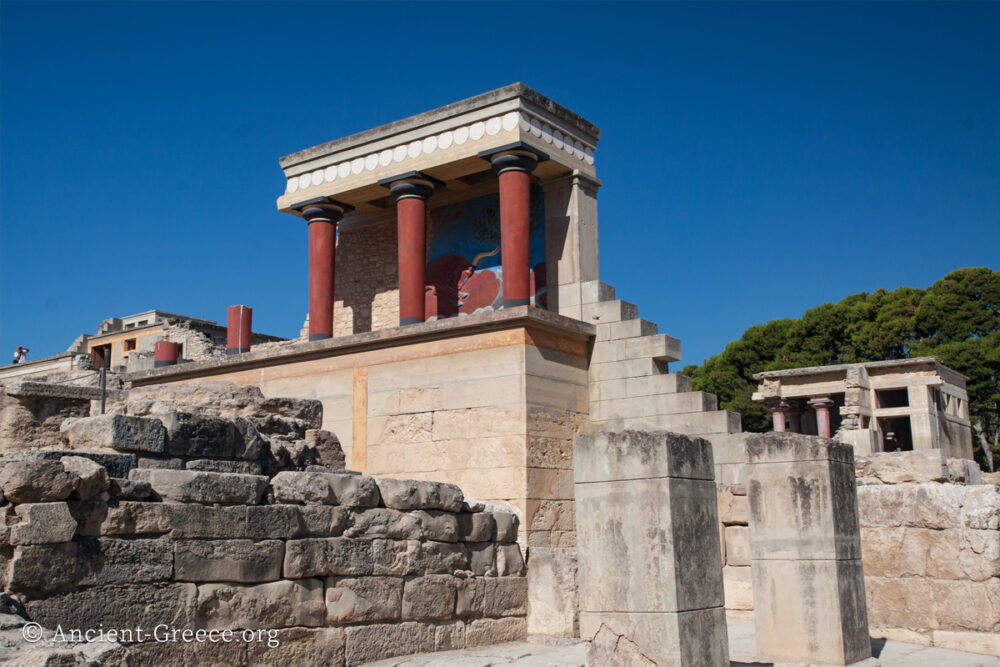
Knossos
Read more: KnossosKnossos (Κνωσσός, also transliterated as Cnossos, Knossus, Cnossus, Gnossus, Gnossos) palace was undeniably the most important center of Minoan Crete. It is grander, more complex, and more flamboyant than any of the other palaces known to us, and it…
-
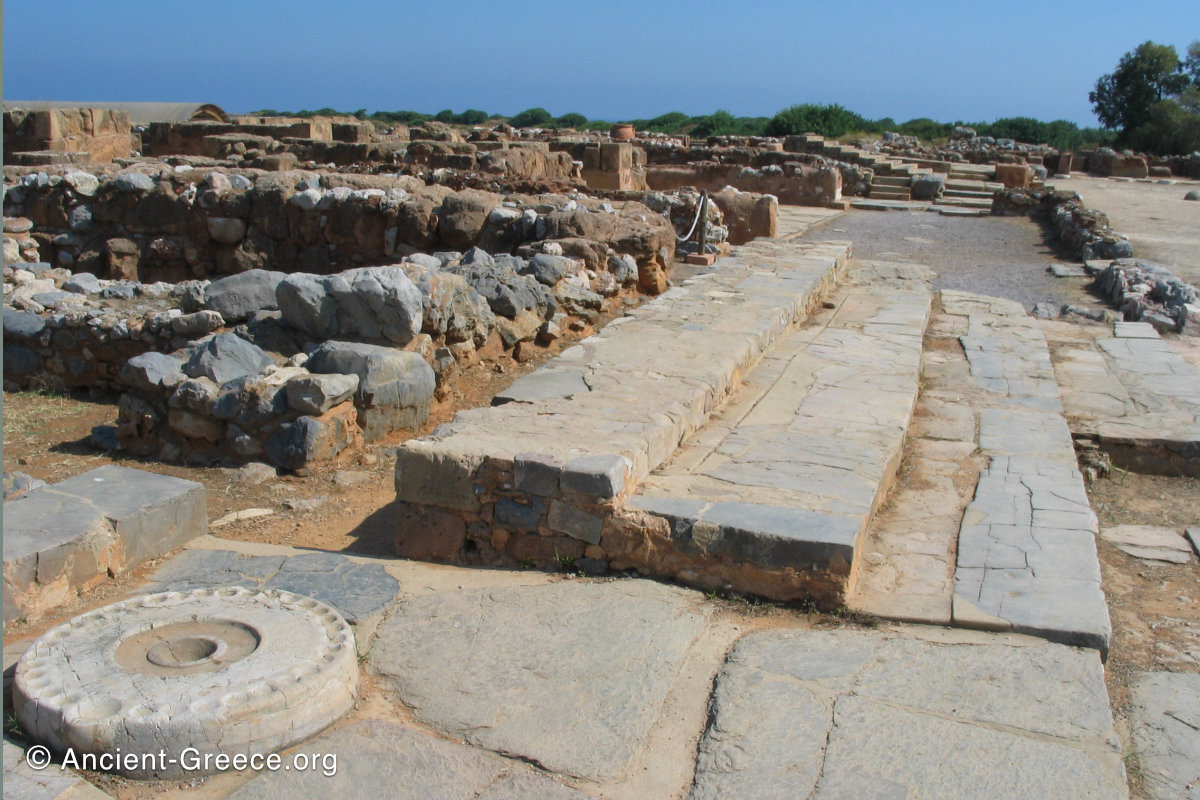
Malia
Read more: MaliaThe Minoan palace at Malia (Μάλια) is the third largest palace of Minoan Crete after Knossos and Phaistos. The palace’s proximity to the sea was obviously important in the development of the site into a cultural hub for…
-
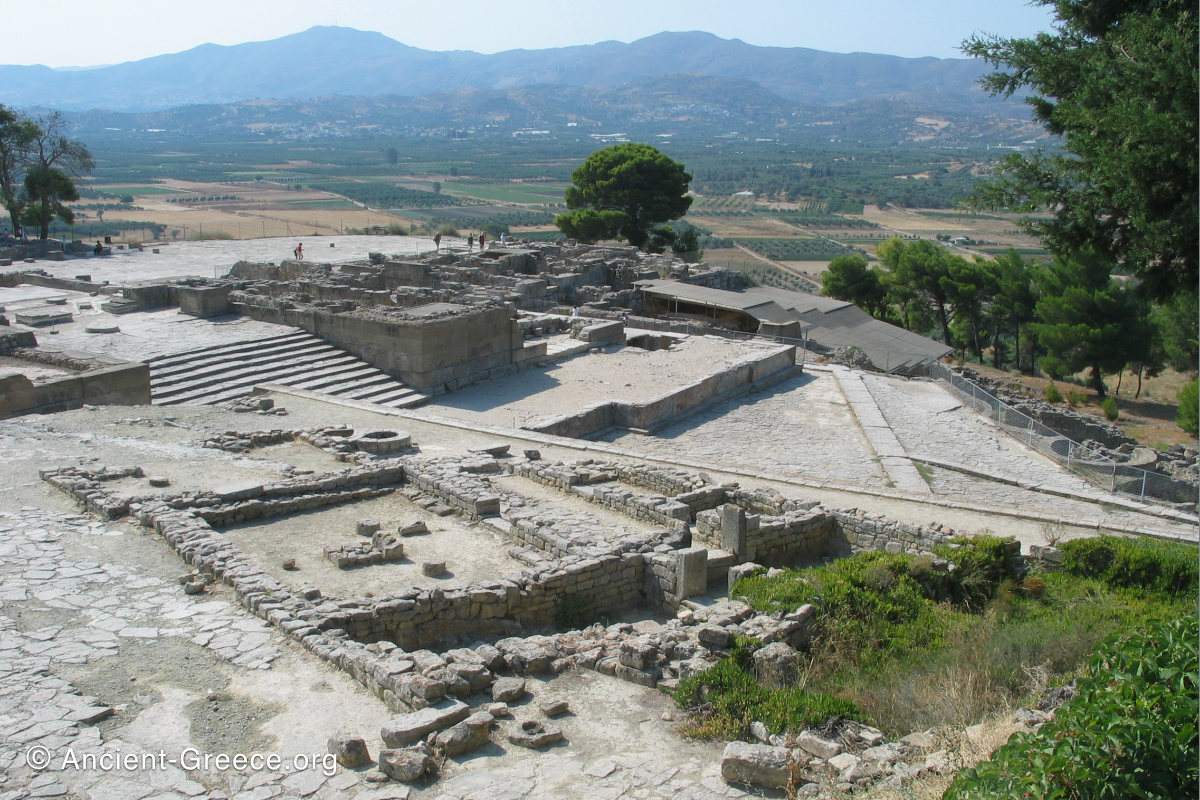
Phaistos
Read more: PhaistosPhaistos (Φαιστός, also transliterated as Faestos, Phaestos, Faistos) is the second largest Minoan palace of Crete after Knossos. The Bronze Age palace is located on a low hill in the Messara plain south of Heraklion. The site was…
-
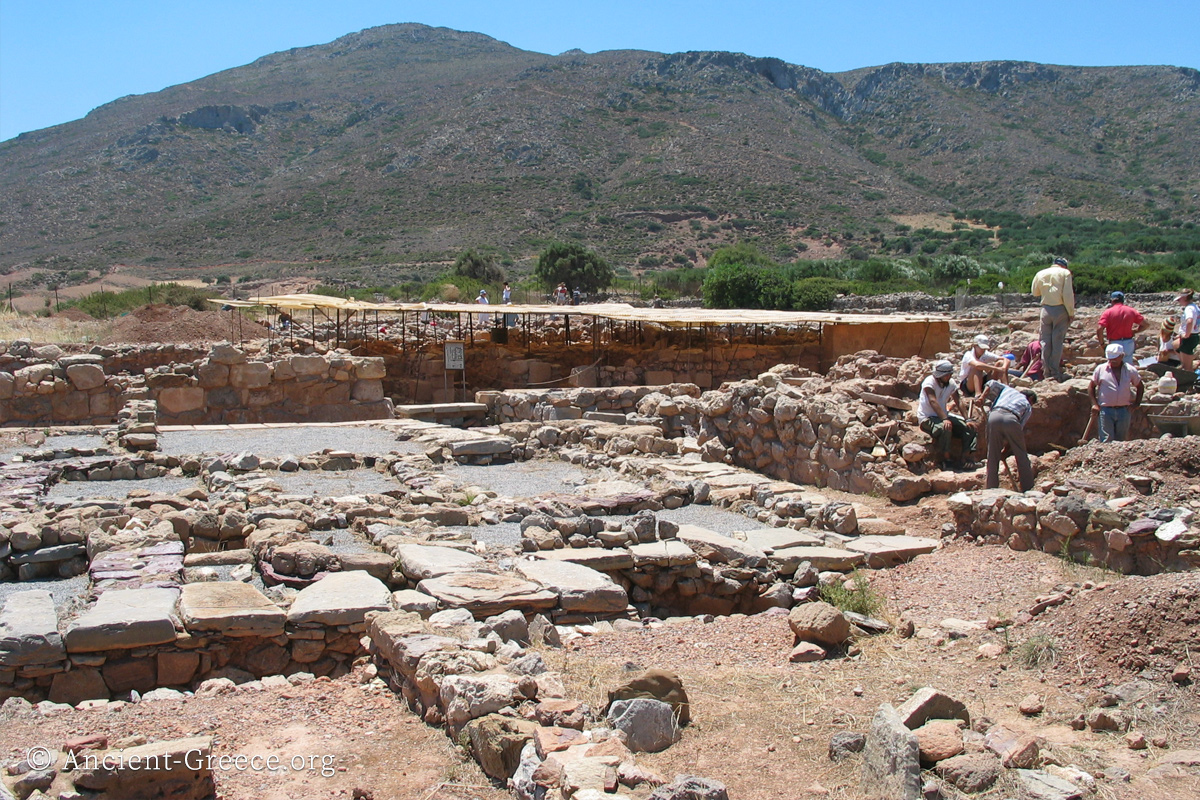
Palaikastro Minoan Settlement at Rousolakos
Read more: Palaikastro Minoan Settlement at RousolakosΠαλαίκαστρο (Palaikastro, sometimes also transliterated as Palekastro) Minoan town unearthed at the Rousolakos location near the modern town of Palaikastro. The settlement is strategically located on the east shore of Crete, in Chiona harbor a few kilometers north…
-
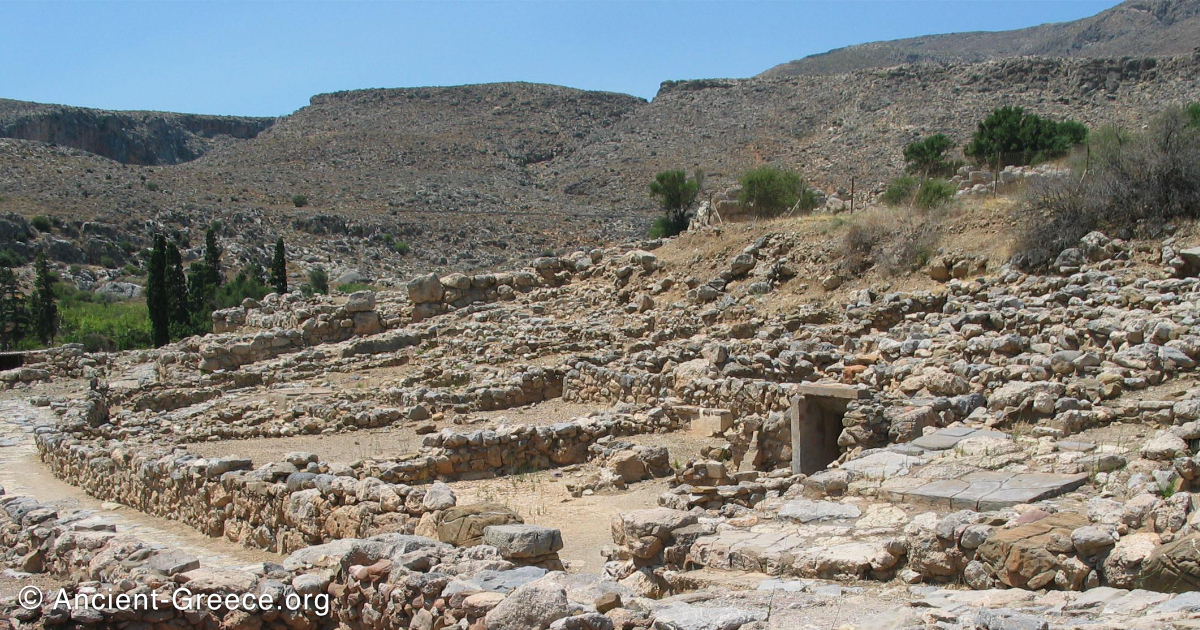
Zakros
Read more: ZakrosThe Minoan palace of Zakros (Ζάρκος, also known as Zakro, or Kato Zakros) is located on the east coast of Crete, in the slopes of a rugged hill near a sheltered harbor suitable to accommodating a large fleet…


